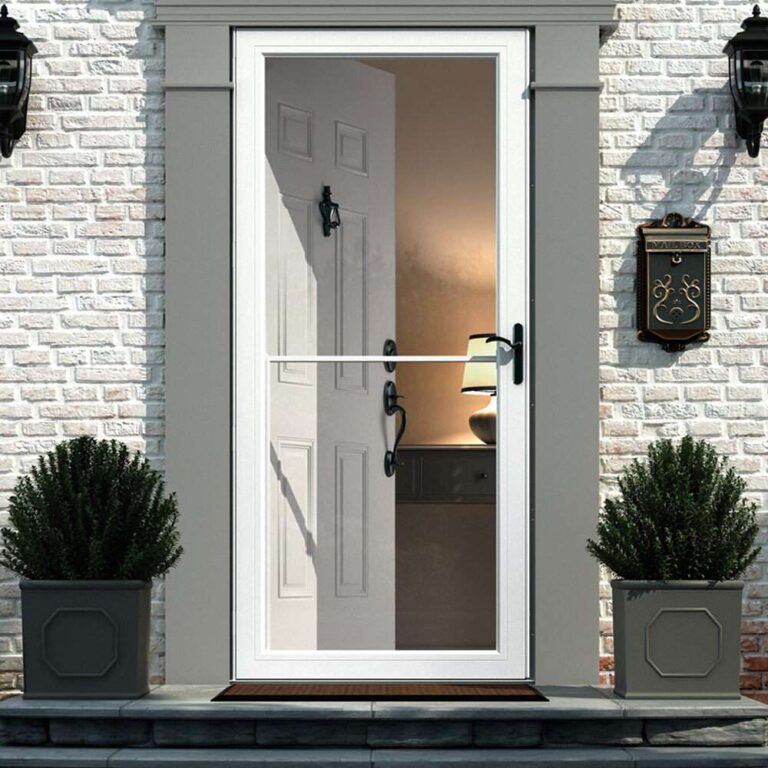In a world where sustainability is paramount, architects and builders are increasingly turning to nature’s oldest building material: wood. Beyond its aesthetic appeal and versatility, wood offers a plethora of environmental benefits that make it a standout choice for eco-conscious construction. In this blog post, we will explore the various ways in which building with wood contributes to a greener and more sustainable future.
- Carbon Sequestration:
One of the most significant environmental benefits of using wood in construction is its ability to sequester carbon dioxide. Trees absorb carbon dioxide during photosynthesis, storing carbon in their fibers. By utilizing wood as a building material, we effectively lock away carbon, preventing it from being released back into the atmosphere. This carbon storage helps mitigate the effects of climate change, making wood an excellent choice for sustainable building practices.
- Renewable Resource:
Wood is a renewable resource, provided that forests are managed responsibly. Sustainable forestry practices, such as tree replanting and responsible harvesting, ensure that the rate of tree growth exceeds the rate of harvesting. This ensures a continuous supply of wood without depleting natural resources, making it an environmentally friendly choice compared to non-renewable materials like concrete and steel.
- Energy Efficiency:
Wood is a natural insulator, providing excellent thermal performance. Buildings constructed with wood often require less energy for heating and cooling, leading to reduced energy consumption and lower carbon emissions. This energy efficiency not only benefits the environment but also contributes to lower energy bills for building occupants, promoting a more sustainable and cost-effective living or working environment.
- Reduced Environmental Impact:
The production of wood requires less energy compared to other building materials, such as concrete and steel. Additionally, the manufacturing process for wood products generates fewer greenhouse gas emissions. The extraction and processing of concrete and steel are energy-intensive processes, contributing significantly to environmental degradation. Choosing wood as a building material helps minimize the overall environmental impact of construction activities.
- Biodiversity Conservation:
Well-managed forests that supply the wood used in construction contribute to biodiversity conservation. Sustainable forestry practices ensure the preservation of ecosystems and habitats for various plant and animal species. This responsible approach to wood sourcing helps maintain the delicate balance of ecosystems, preventing deforestation and the loss of biodiversity.
Building with wood is more than just a trend; it’s a commitment to a sustainable and eco-friendly future. As the demand for environmentally conscious construction practices grows, the inherent benefits of wood make it an increasingly popular choice. From carbon sequestration to renewable resources, energy efficiency, and biodiversity conservation, the environmental advantages of building with wood are clear. As we continue to navigate the challenges of climate change, embracing the beauty and sustainability of wood construction is a step in the right direction for a greener world.



